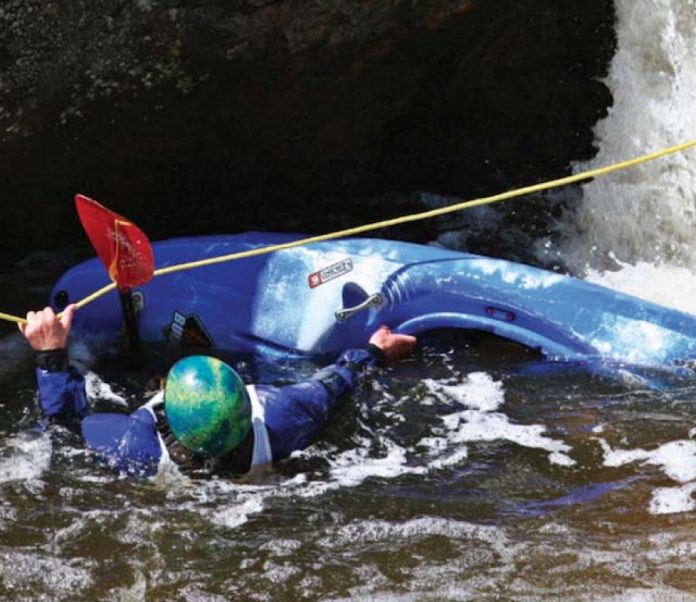Add reliability and ease to your roll by incorporating an active leg drop. The active leg drop better uses your body to roll the kayak and moves you away from relying too heavily on your paddle.
The quick, powerful action of rolling a kayak with the hips—a hip snap/flick—is widely described as getting the upper body near the surface and supported by the water, while righting the boat with a rolling action of the hips. Most people are told to lock their knees under the deck and concentrate on the upward action of one knee.
Both legs pushing up against the deck creates resistance to the rolling action. A paddler will often compensate by pulling harder on his paddle. He is essentially trying to lift his body up underneath the still overturned kayak, resulting in a cumbersome or failed roll and additional stress on the upper body. Avoid these problems with an active leg drop.
Start your roll by actively driving your leg closest to the paddle down, transferring con- tact from the thigh brace to the hull. Roll that hip and sit bone down while lifting with your opposite knee, bringing the kayak underneath your body.
This opposition of forces results in the kayak rolling almost upright before your body lifts out of the water, which reduces the need to pull on the paddle. As the kayak rolls up, your lowered leg and hip create a solid platform to help prevent it from tipping back over.
Watch another roller who is incorporating an active leg drop and you will notice that the boat moves before she starts to move her paddle.
Practice the action with this exercise. Hold onto a fixed object—a pool side or a friend’s bow or hand—and lower yourself into the water by rotating onto your back and bringing your shoulders parallel to the side of your kayak. Keep your arms bent in a strong position. Roll the boat over on top of your body while keeping your head on the surface.
Drive the leg closest to your hands to the bottom of the kayak while increasing pressure against the thigh brace on the opposite leg. Arc your spine and leave your head on the water. You will feel the kayak roll easily into a more upright position. This is similar to what Greenland paddlers refer to as a static brace position.
Repeat until you start to feel the coordination of your opposing leg actions, and then incorporate it into your roll.
In addition to rolling your kayak more efficiently, the active leg drop can also be incorporated into edging and bracing to the same advantage.
Shawna Franklin is the co-founder of Body Boat Blade International, an award-winning kayak school located on Orcas Island, Wa. A BCU coach Level 5 aspirant, Shawna was the first woman in North America to achieve the BCU 5 Star Sea award.
Peer review
“Shawna’s article is a great isolation and description of an important component to the roll. The connection to using downward pressure is key. ” » Ginni Callahan, ACA level 5 instructor and BCU level 4 coach, Cathlamet, WA
“It is great to see a coach moving paddlers away from the hip flick technique. Instead, think of your hips as a relaxed and flexible joint separating upper and lower body. Remember the mantra “Boat first, body second, head last” for the timing of a successful roll.” » Doug Cooper, BCU level 5 coach, Aviemore, Scotland
“Try backward learning to reinforce the leg drop. Holding onto a solid object, use one leg to actively pull the kayak upside down. Use the other leg to right the kayak. As you build confidence and skill, try Shawna’s drill holding onto a paddle float or flutter board. This will force you to drive the roll with your legs. If you use your arms, you will sink.” » Michael Pardy, Paddle Canada level 3 instructor trainer, Victoria, BC
“Many Greenland kayak designs [have] a wooden bar that holds both legs flat. [In] whitewater kayak designs, the limited space forces knees up and out- ward. So there’s a group of paddlers rolling with both legs straight and another rolling with both legs bent. Conceptually, I welcome Shawna’s instruction to prevent adverse pressure against the deck, although it’s not always possible. ” » Nigel Foster, BCU level 5 coach, St. Petersburg, FL
“Make sure your boat fits you correctly so you don’t fall out when using this technique. A keyhole cockpit offers a much better fit than a more open style. ” » Christopher Lockyer, BCU level 4 coach and Paddle Canada level 3 instructor, Halifax, NS
This article originally appeared in Adventure Kayak, Spring 2011. Download our freeiPad/iPhone/iPod Touch App or Android App or read it here.



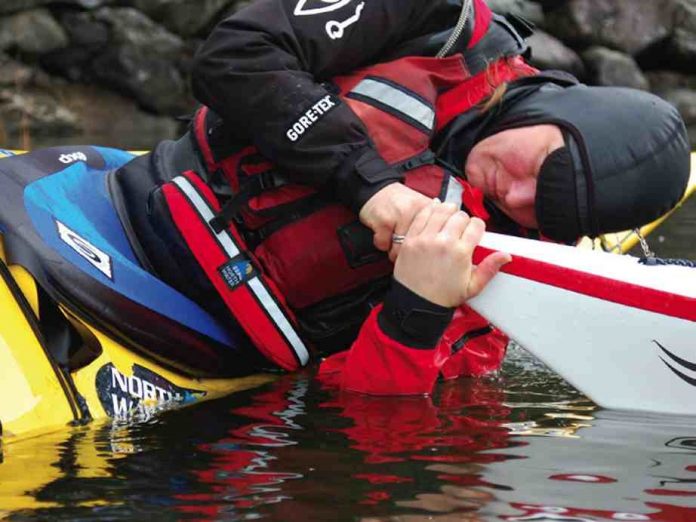



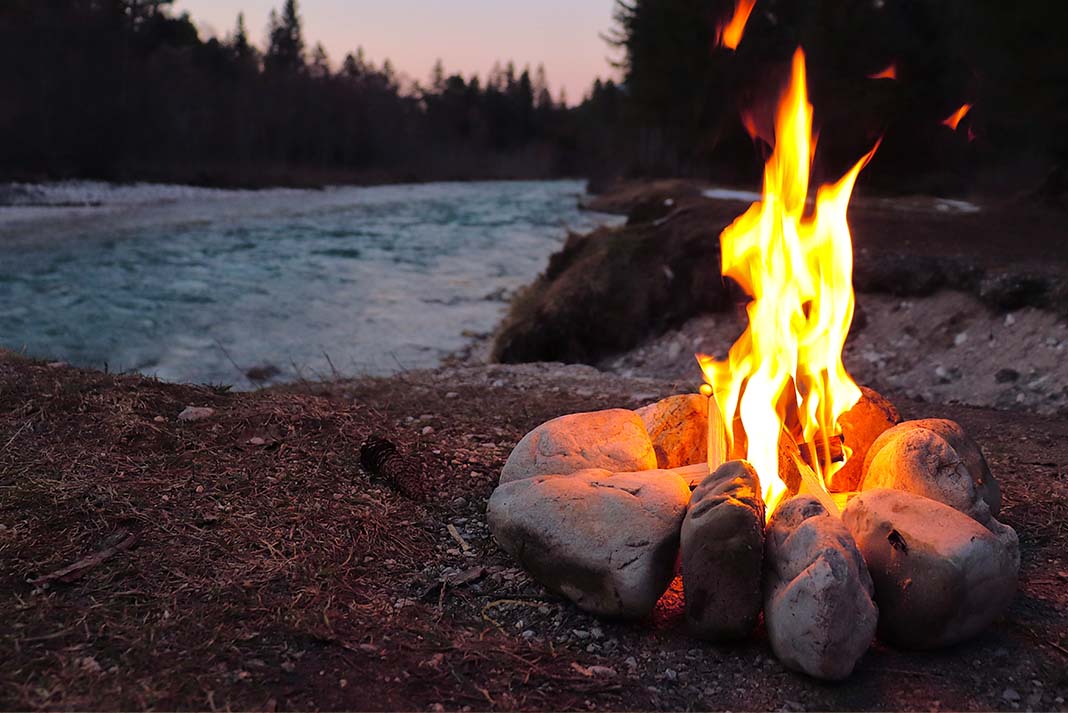
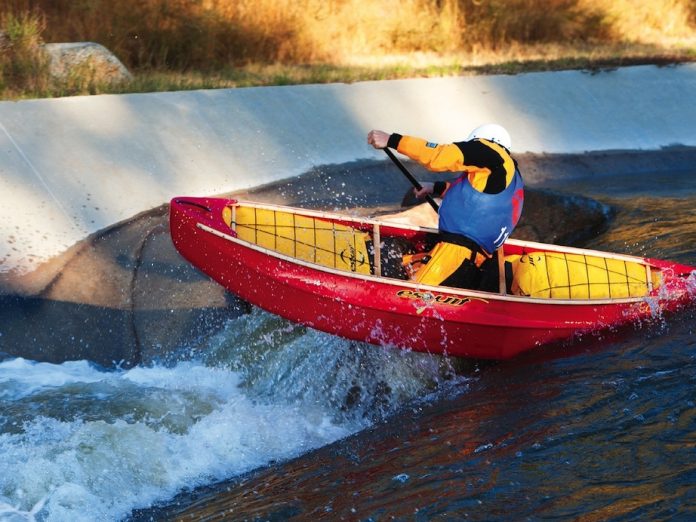
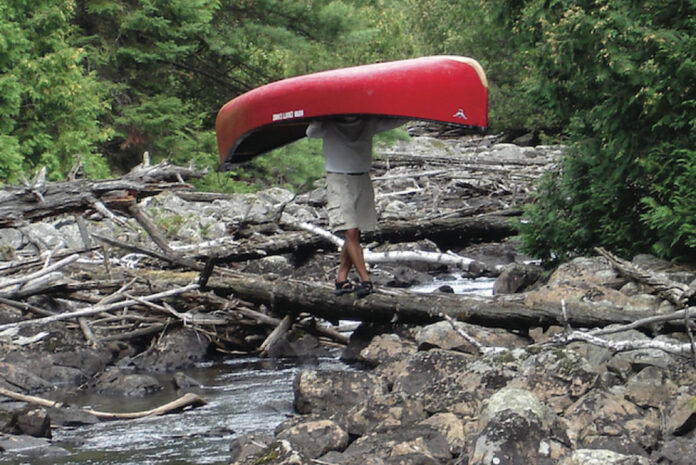
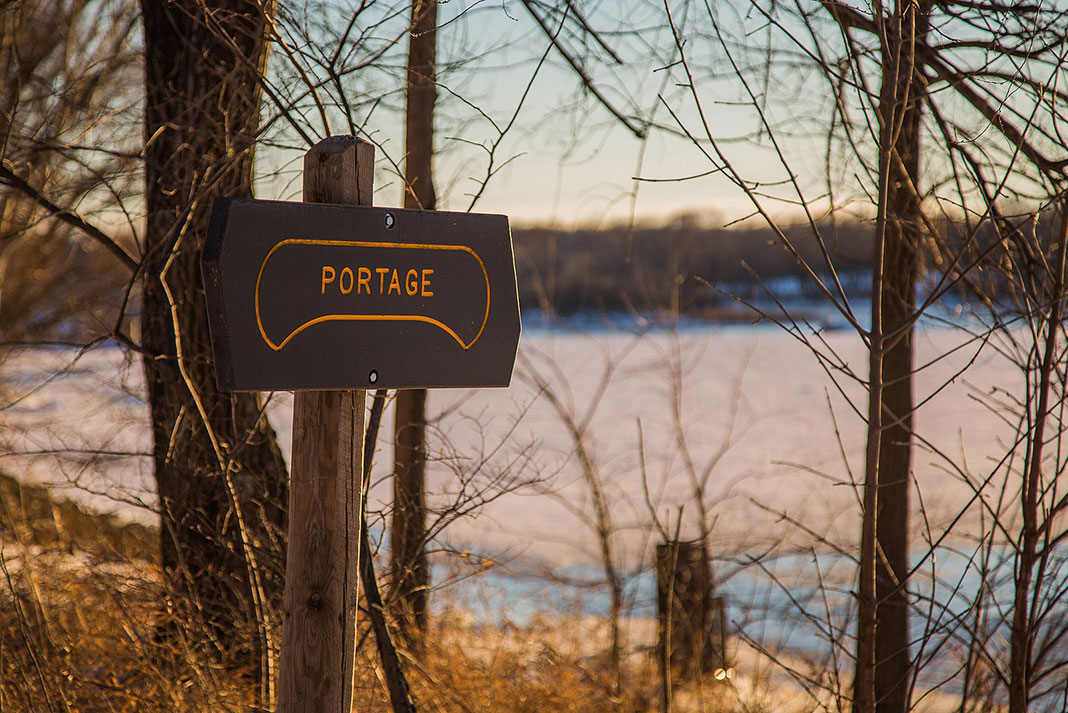

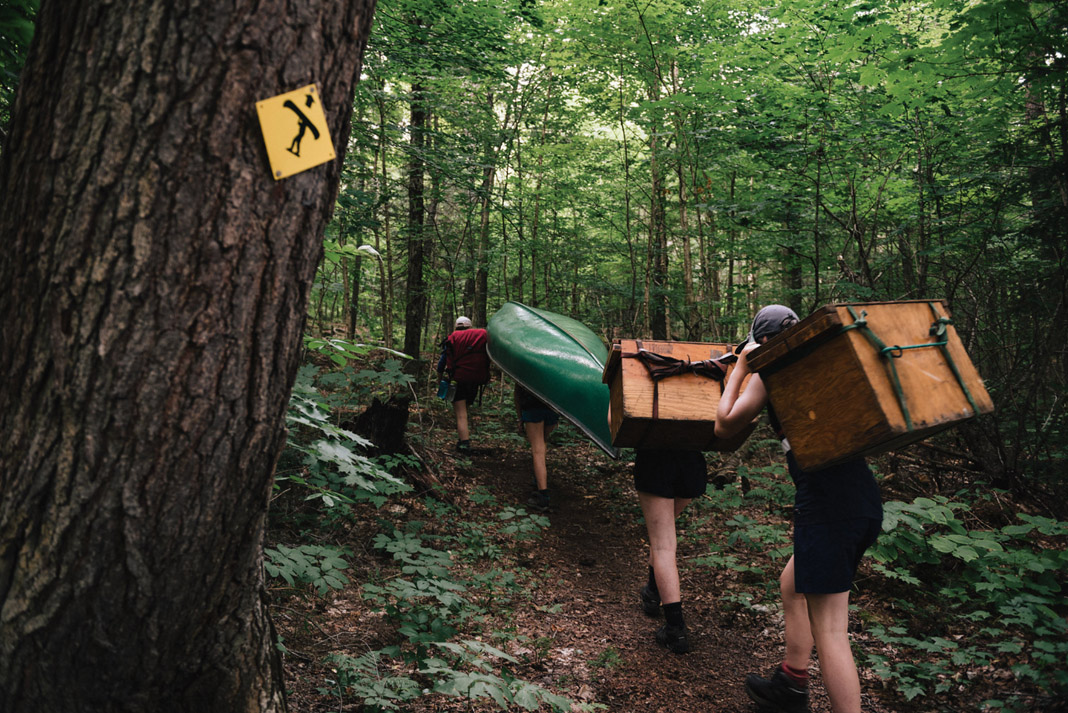
 This article originally appeared in the Fall 2010 issue of Canoeroots.
This article originally appeared in the Fall 2010 issue of Canoeroots. 
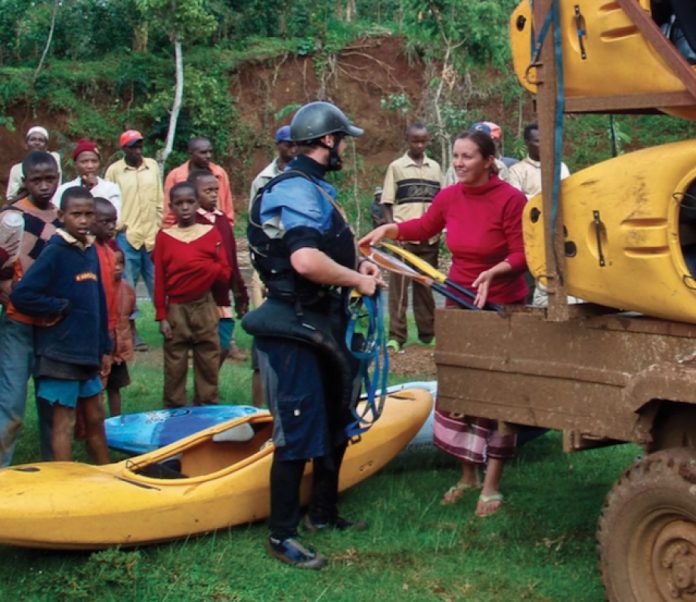
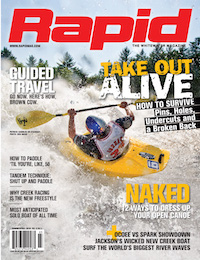 This article first appeared in the Summer/Fall 2010 issue of Rapid Magazine. For more great content, subscribe to Rapid’s print and digital editions
This article first appeared in the Summer/Fall 2010 issue of Rapid Magazine. For more great content, subscribe to Rapid’s print and digital editions 